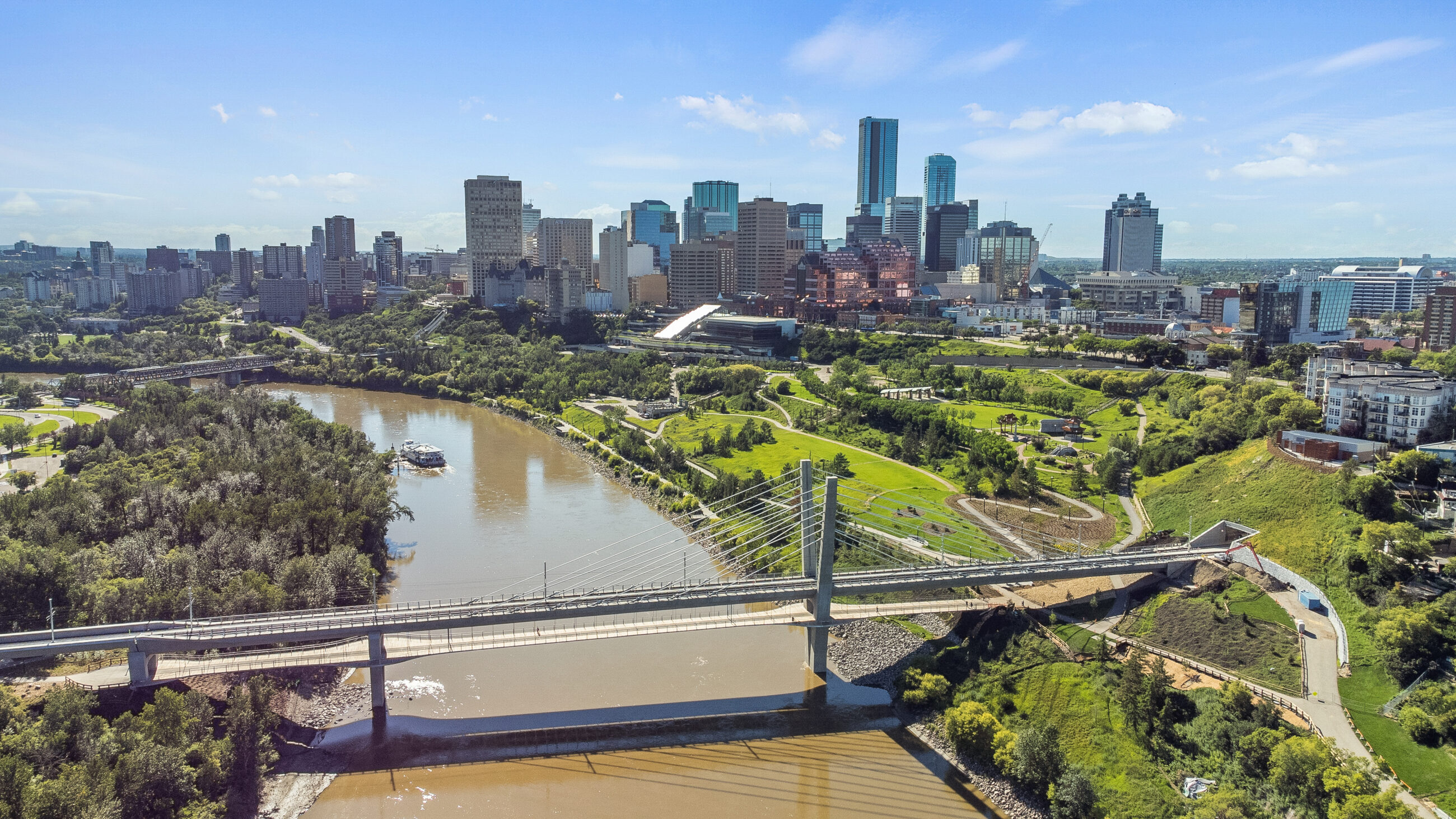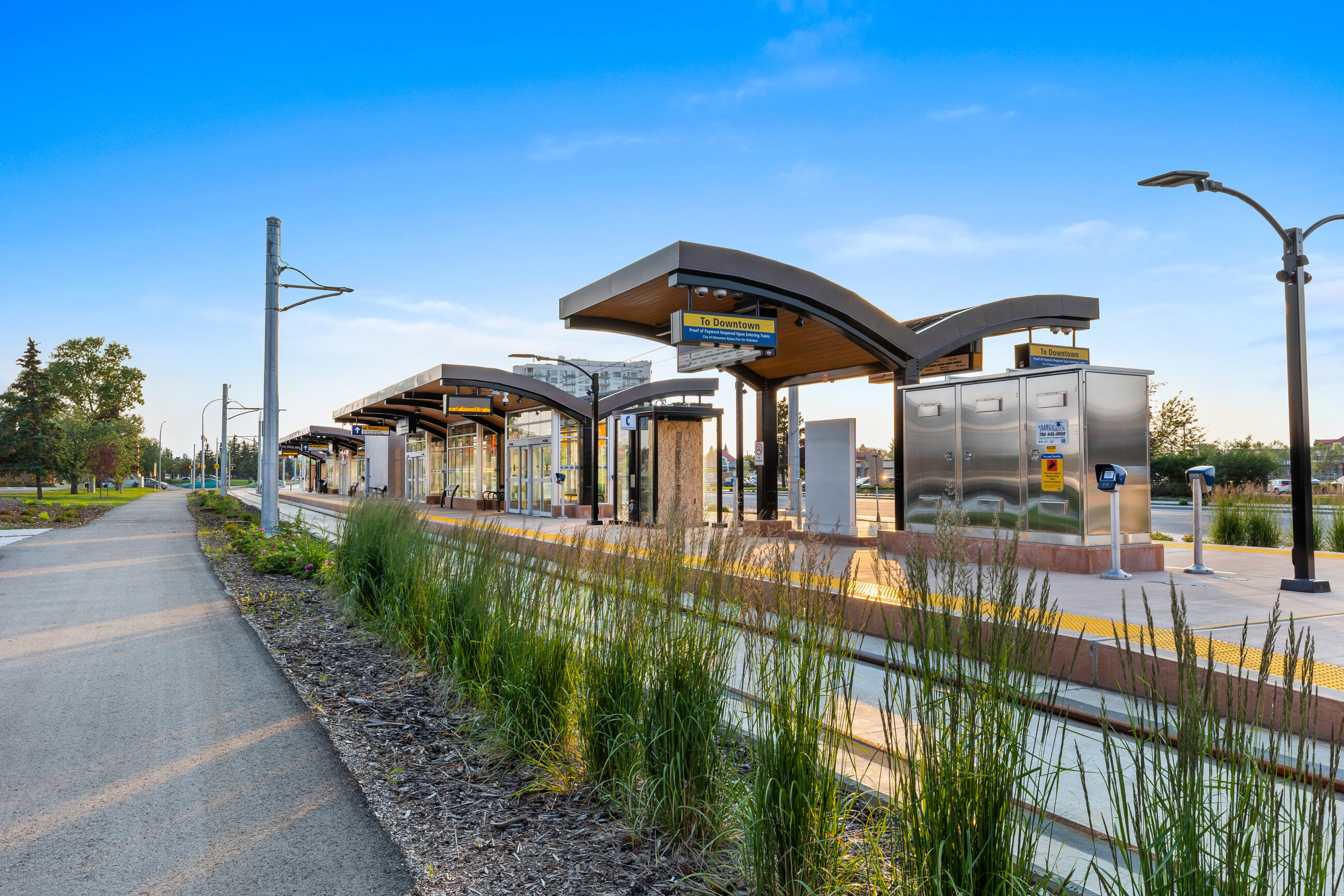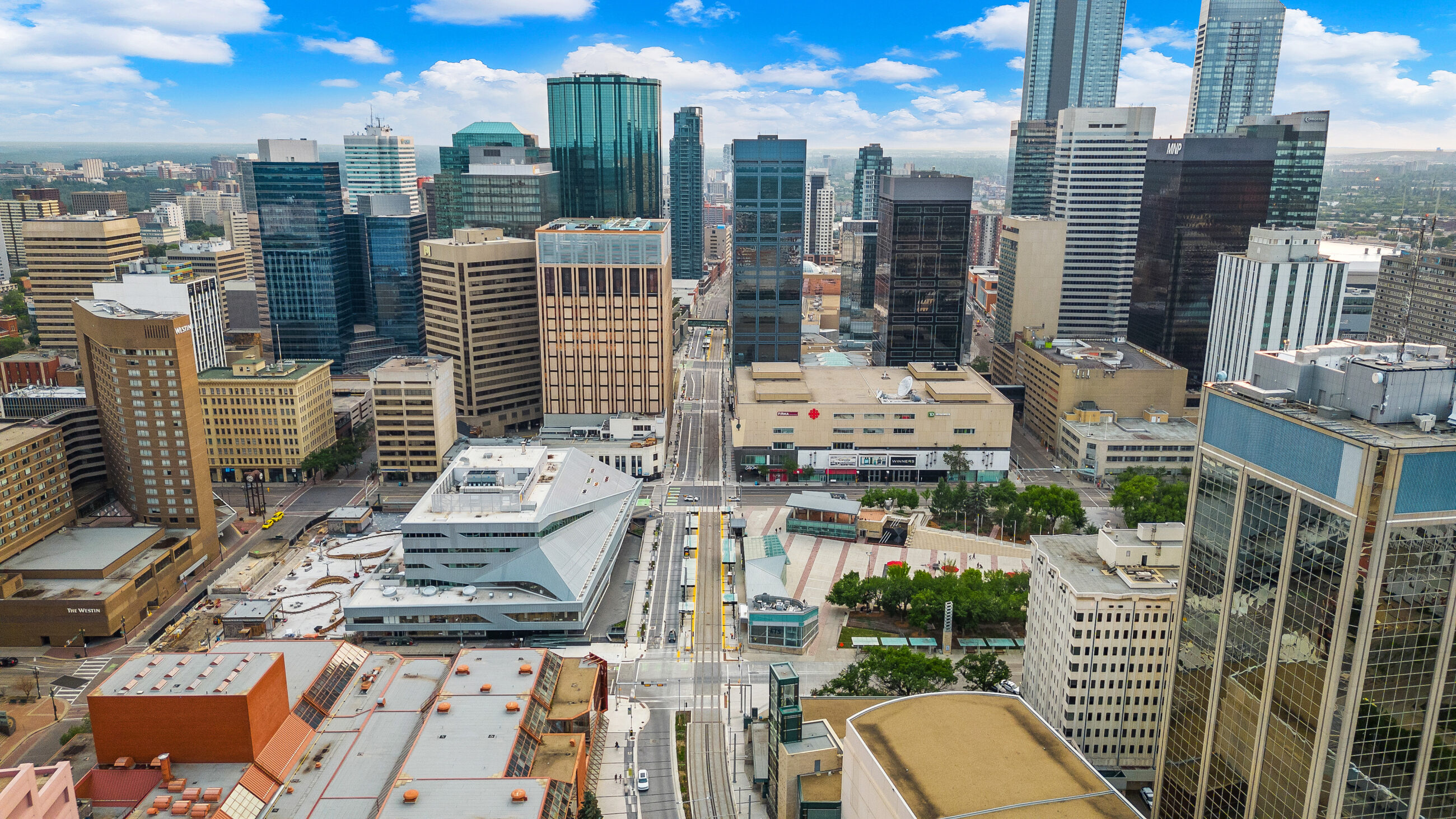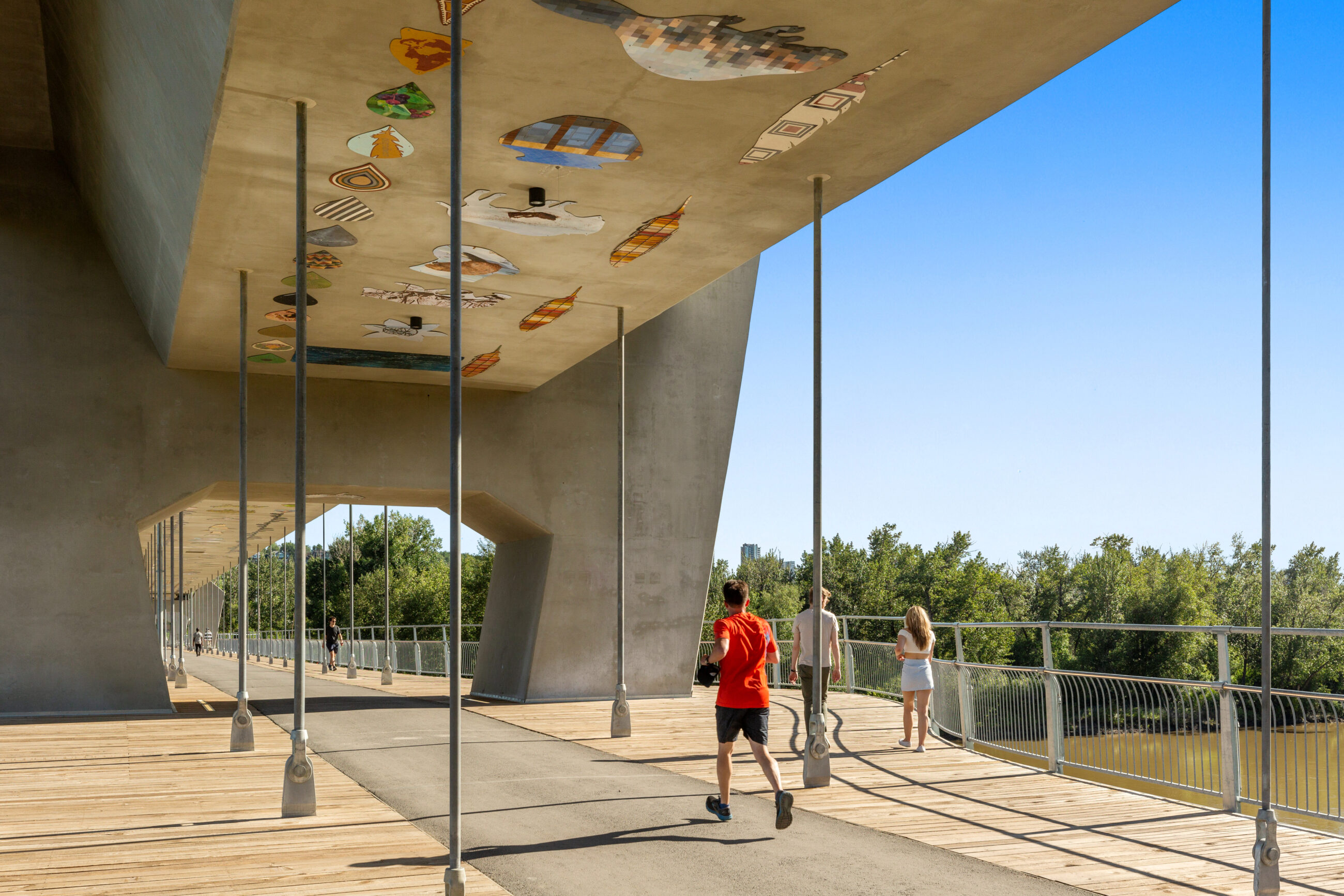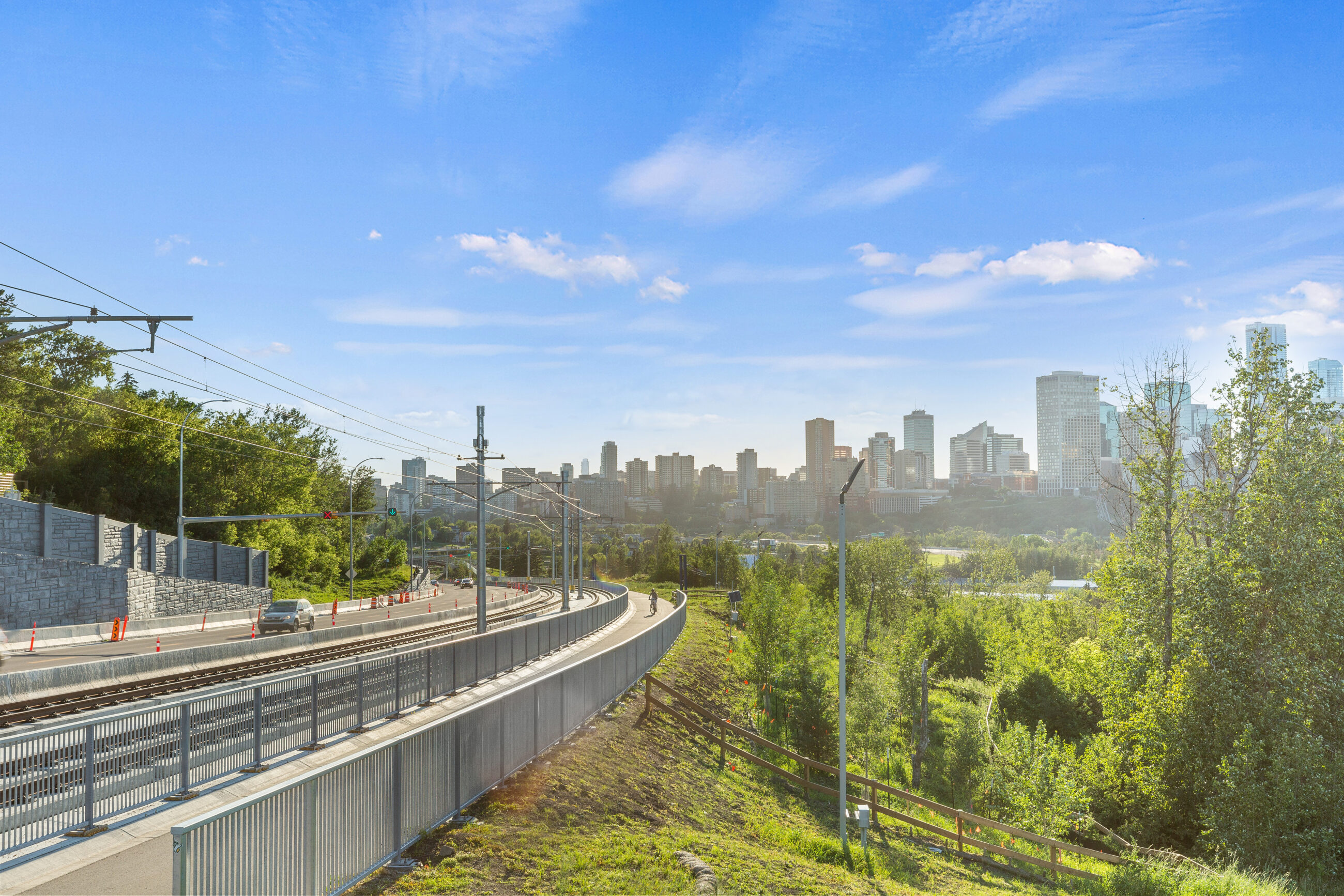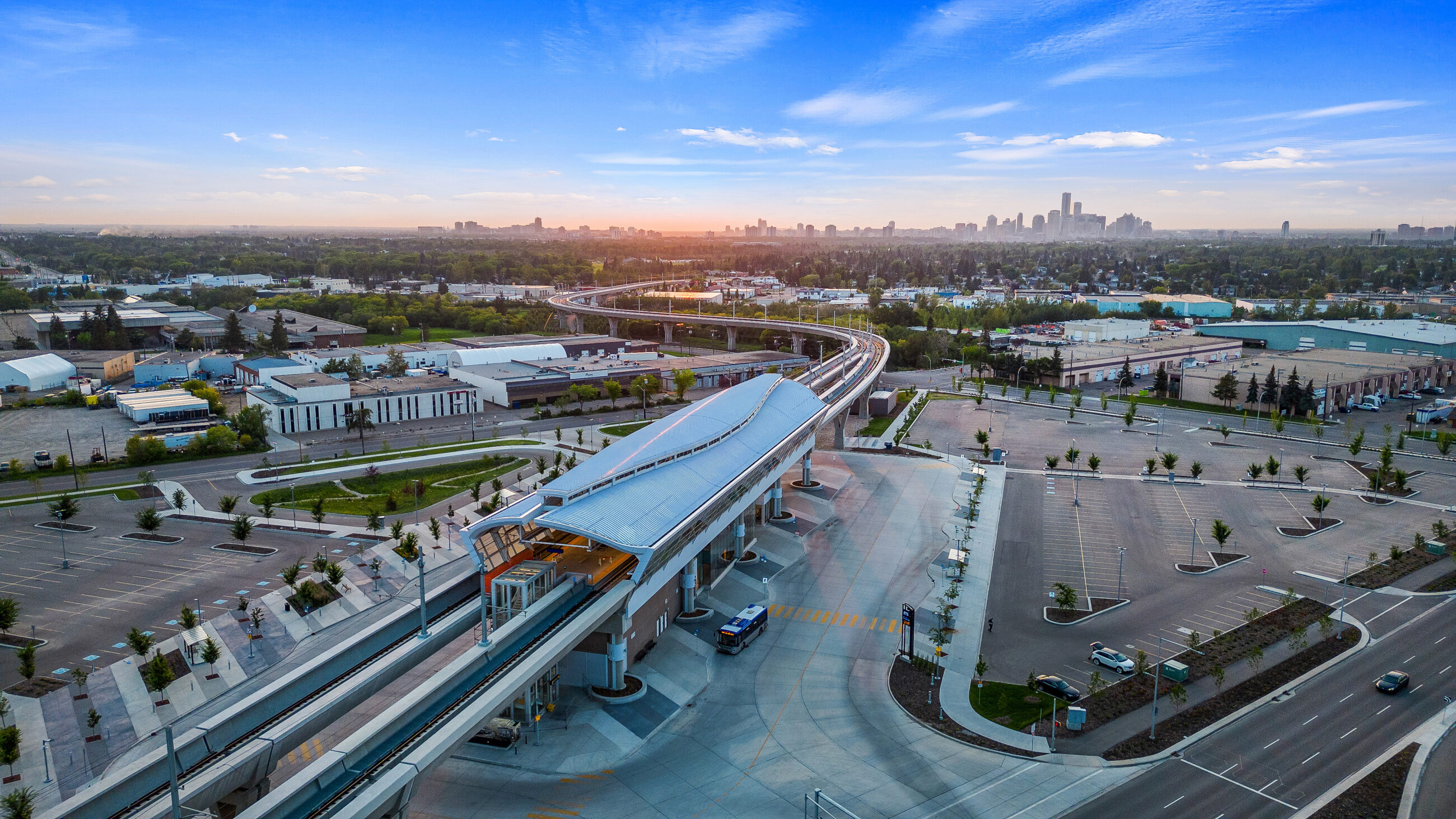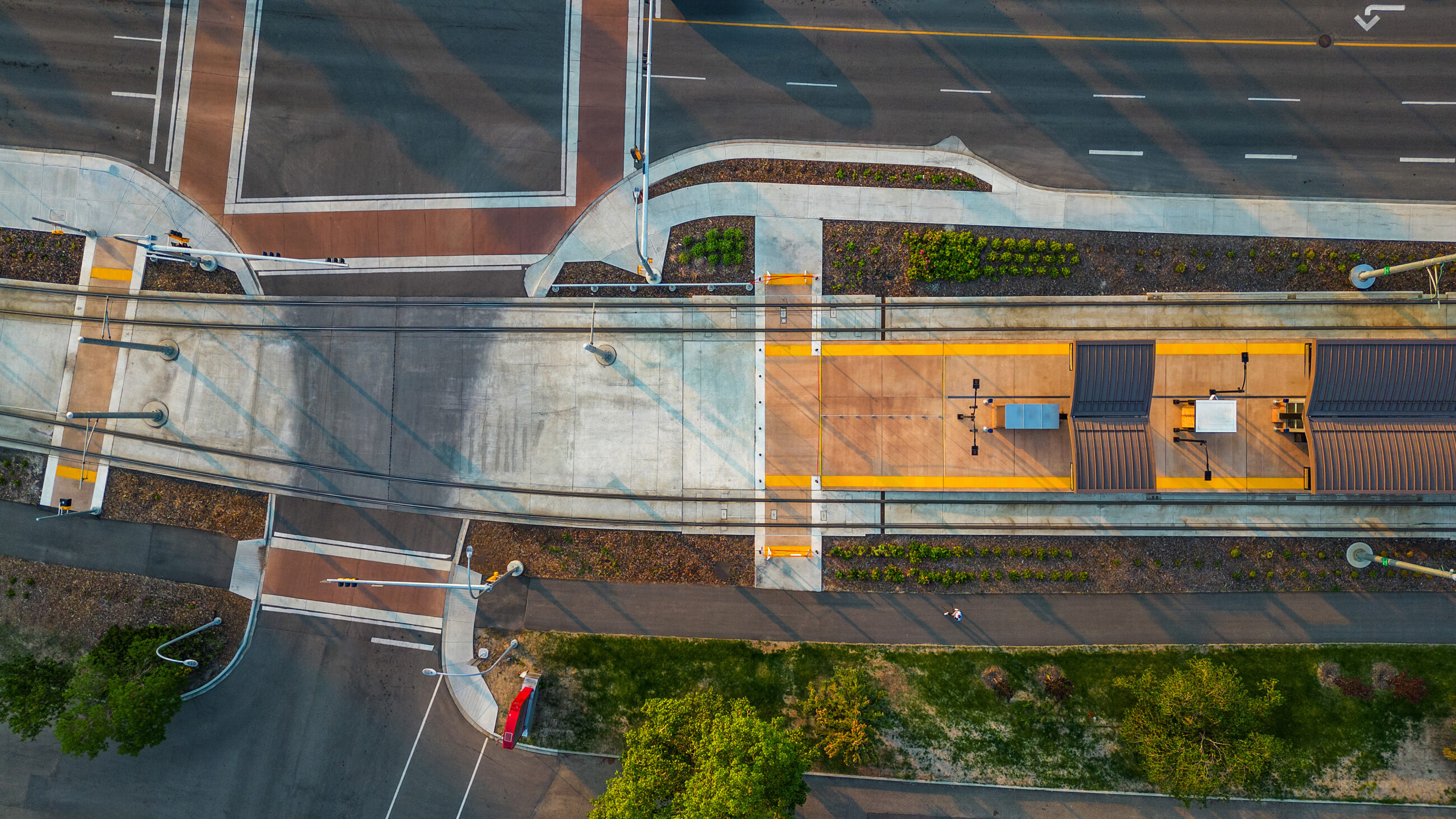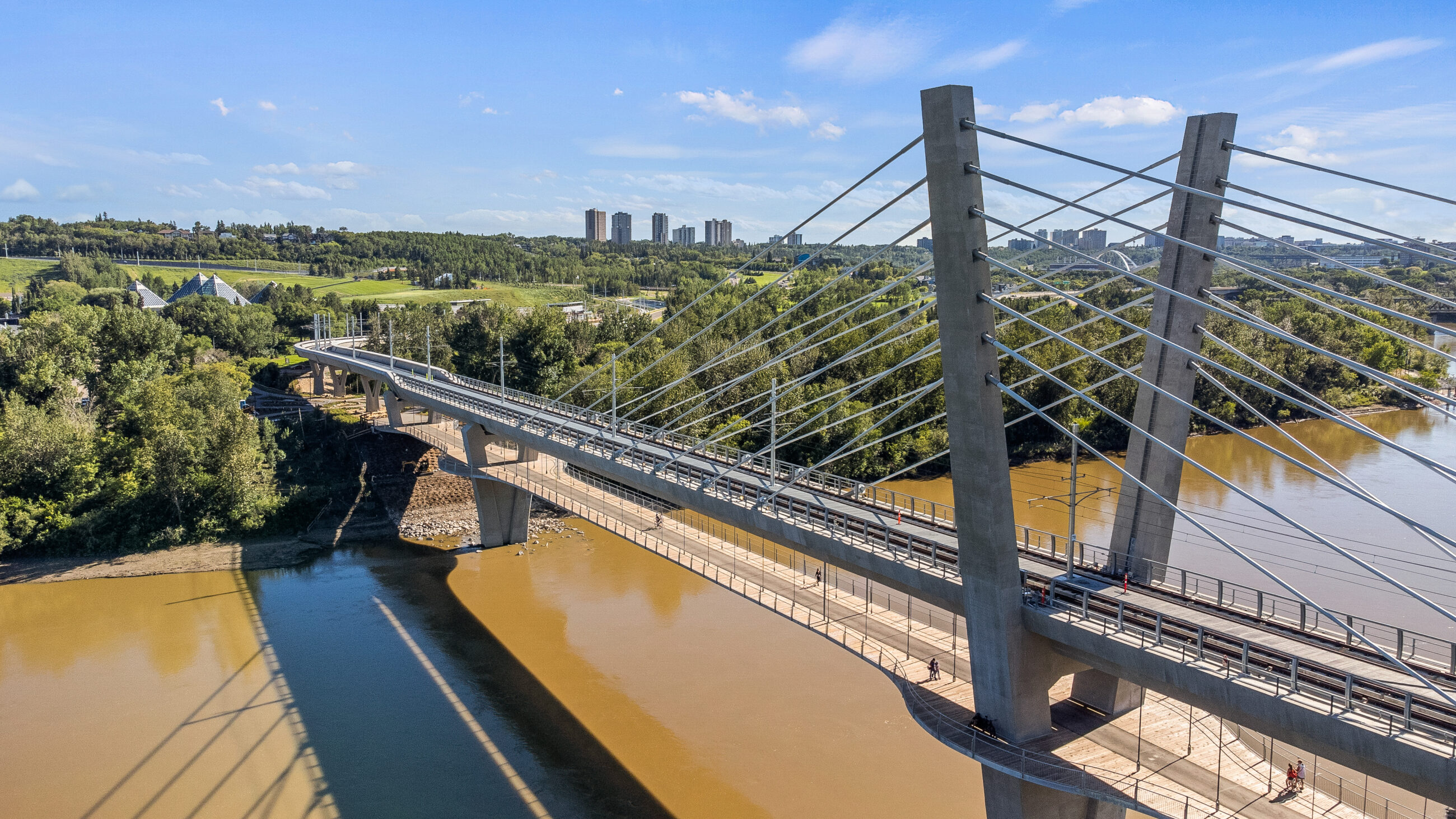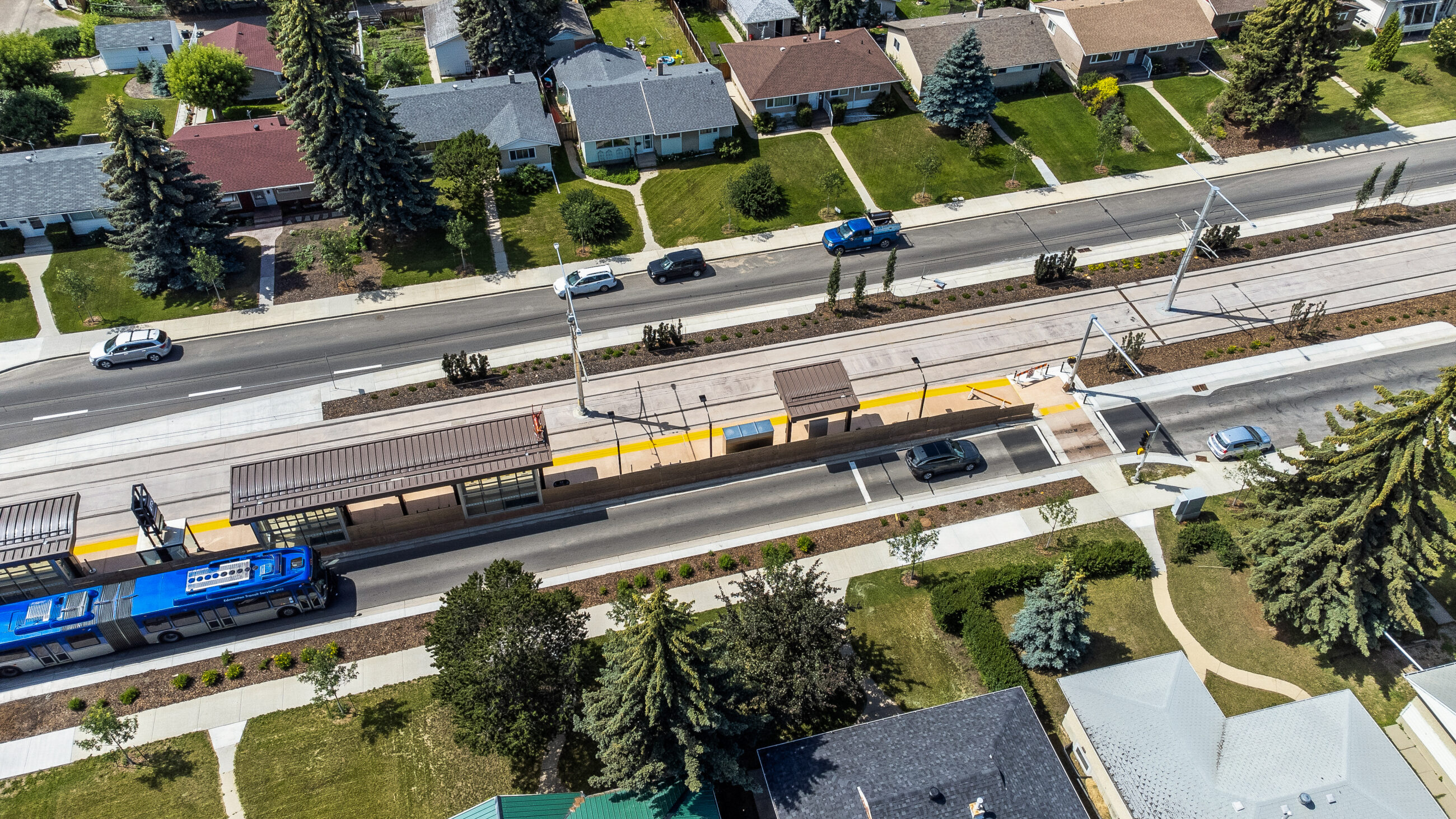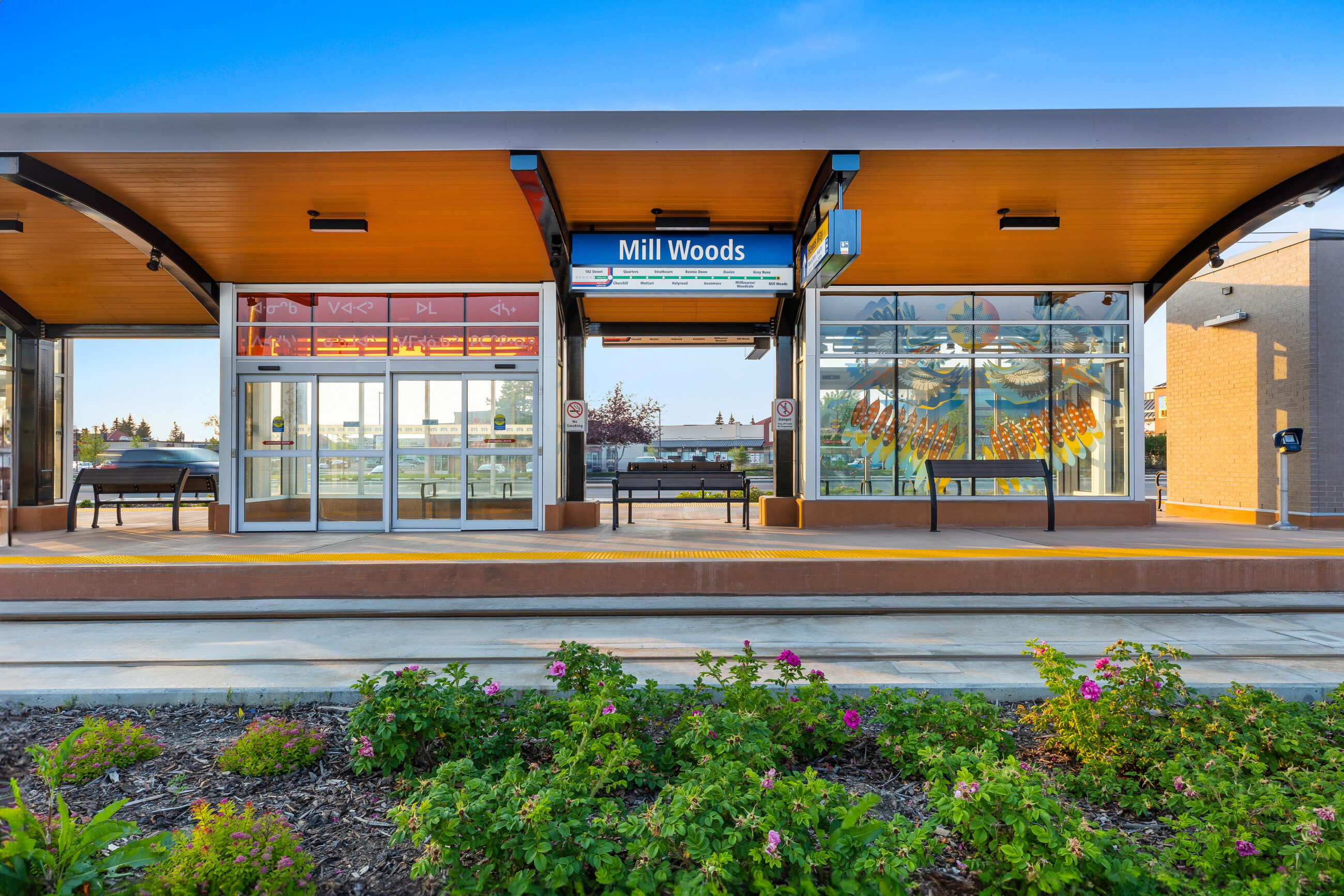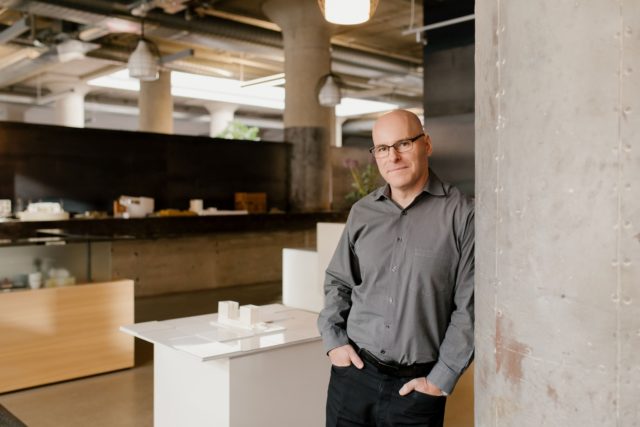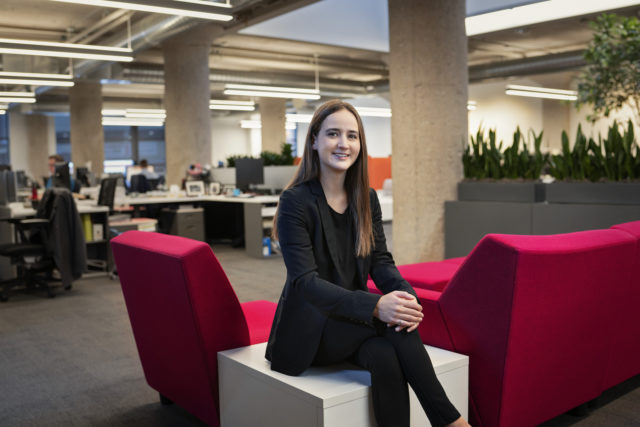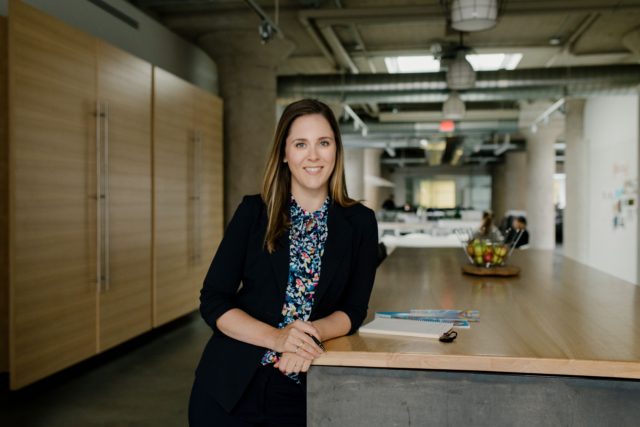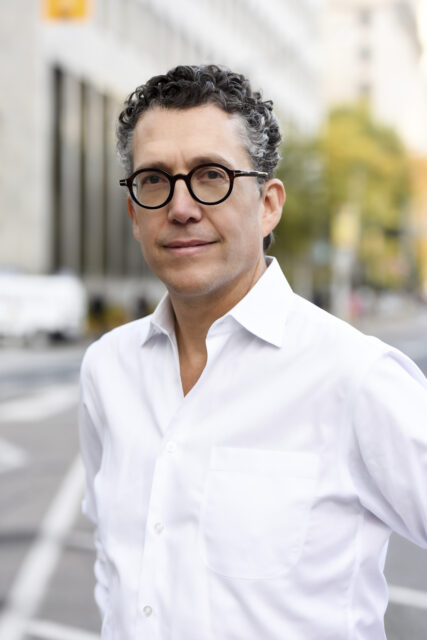Valley Line LRT
Advancing Edmonton’s growth as a world-class city through sustainable and integrated public transportation
Transit & Aviation
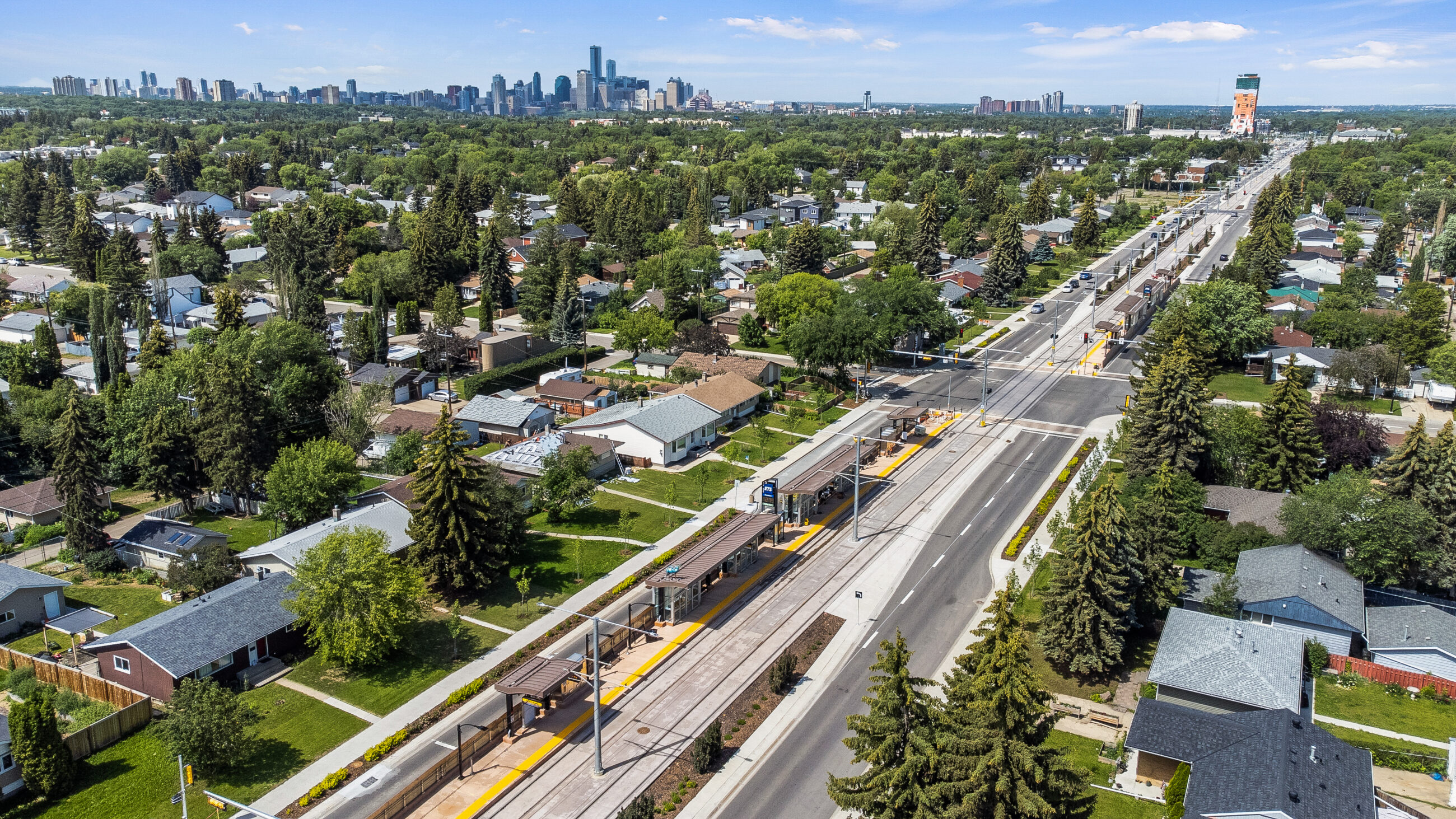
Connection Meets Innovation
A catalyst for city-shaping and the development of transit-oriented communities, the Valley Line LRT will eventually stretch from Edmonton’s southeast all the way to the west end through downtown. Twenty-seven extra kilometres of light rail transit means Edmontonians will be able to further connect to the places where they live, work, and play. DIALOG, as part of the ConnectEd Transit Partnership (CTP), is acting as the Owner’s Engineer for the Valley Line LRT to provide project and program management, consulting services (structural, mechanical and electrical engineering, urban design, architectural design) for preliminary design, technical advisory for the procurement of a P3, and a Design Build consortia, as well as design review and construction monitoring services.
The Valley Line LRT isn’t just reshaping the transit experience for Edmonton — it’s also raising the bar for sustainable transit systems in Canada. Looking to global leaders in light rail networks like the Nice Tramway in France or the West Midlands Metro in the UK (two of the primary inspirations for the project), the design team iterated and innovated for an elevated design unique to Edmonton’s neighbourhoods and communities.
A New Vision: The Sustainable Urban Integration Framework
The project is a pivotal one for several reasons — its sheer scale (almost $4.5B in total construction cost), ambitious goals, and impact on the surrounding communities, to name just a few. But the Valley Line LRT also birthed a new framework for urban infrastructure: Sustainable Urban Integration (SUI).
SUI was first conceived in 2012 in collaboration between DIALOG (as part of the ConnectEd Transit Partnership primed by AECOM) and the City of Edmonton. It reimagines traditional transit design that sometimes focused solely on function, instead elevating the importance of considerations like environmental preservation, neighbourhood and pedestrian-friendly design, placemaking, passenger comfort and safety, and transit-oriented design.
- Location
- Edmonton, AB
- Client
- City of Edmonton
- Completion
- 2027
- Collaborators
AECOM
ISL EngineeringHatch
Marigold Infrastructure Partners
Mott MacDonald
TransEd Partners- DIALOG Services
Architecture
Planning & Urban Design
Structural Engineering
Electrical Engineering
Mechanical Engineering
The Team
Don Iveson, Mayor of EdmontonEach step in the phased process towards redevelopment will ultimately enhance the community and enhance the city.
